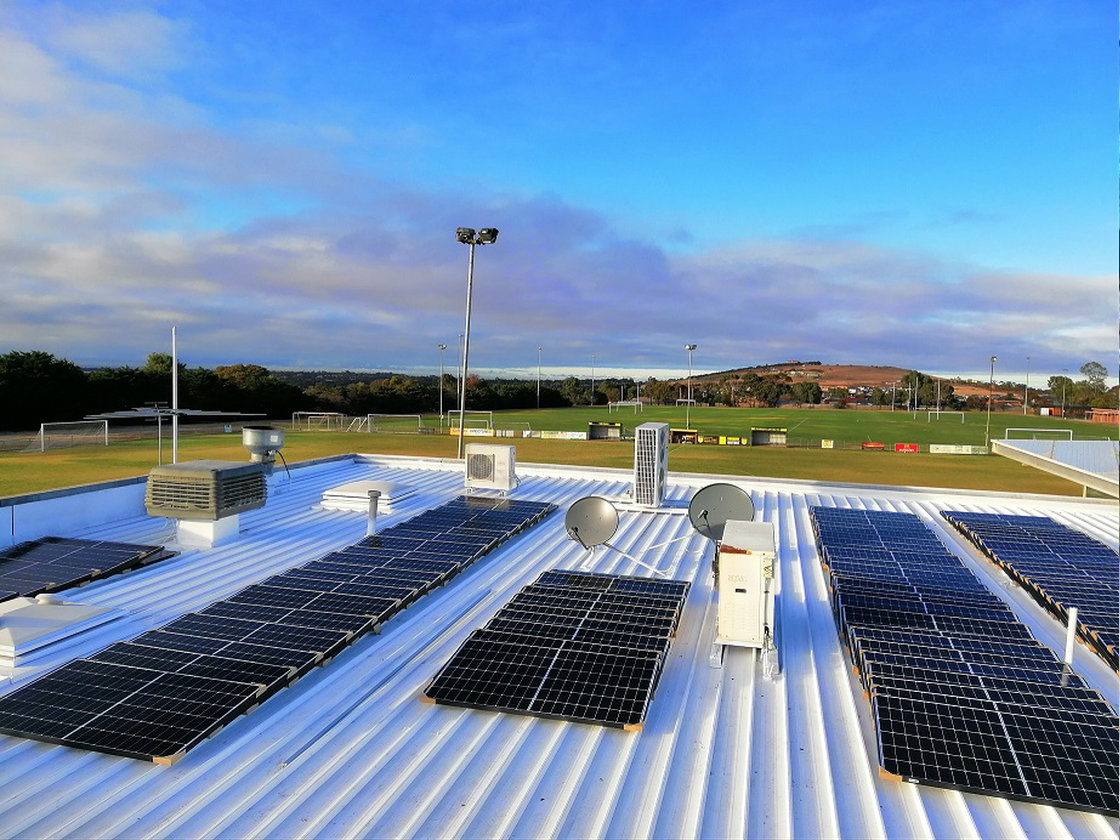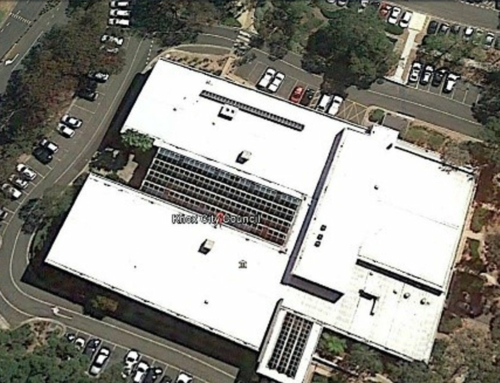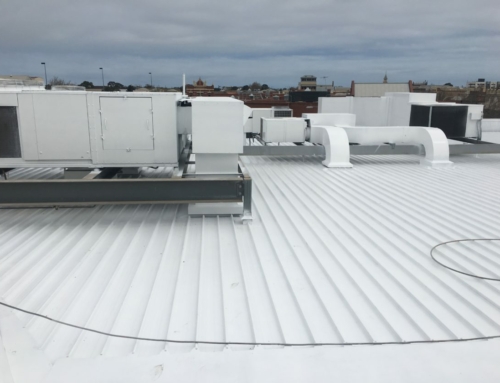Best Heat Reflective Paint For Metal Roof – Sunbury Sports Club
As part of an independent energy efficiency initiative Sunbury United Sports Club invited Cocoon Cool Roofs to present our capabilities in contributing to the club’s energy savings. The club was a high consumer of power as the result of occupation and air conditioning usage.
Before the application of the membrane the surface temperature of the roof would reach 109 degrees on a 35-degree ambient day, meaning a much hotter internal space and harder working air conditioning.
The installation of a Cocoon membrane resulted in roof surface temperature of 410C. This reduction in temperature makes a dramatic impact to the external heat entering the building via the roof. Roof temperatures can contribute up to 10 degrees of ambient internal temperature.
With the lowered internal temperatures, the use for AC within the complex is significantly reduced, lowering carbon emissions and lowering energy bills.









